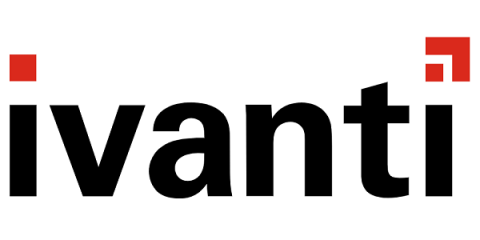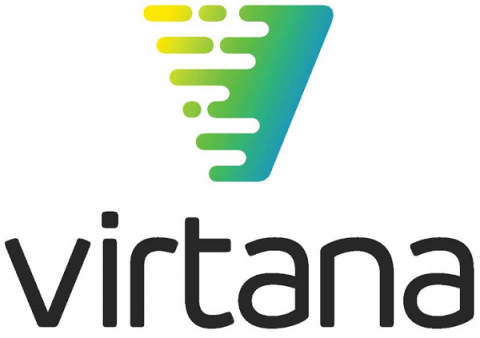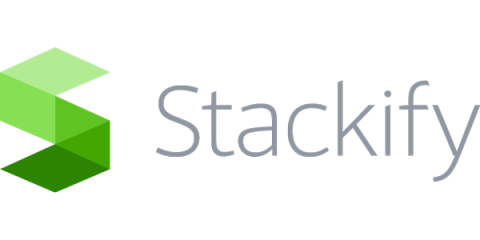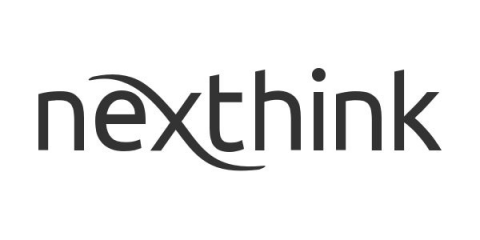Did You Feel the Tremors? The DevOps Landscape is Shifting.
In recent weeks, some of the most recognizable companies in the DevOps space have had their foundations rattled, perhaps shaking developer confidence. The acquisition of Docker Enterprise by Mirantis, the acquisition of Sonatype (Nexus) by a capital firm and the open-sourcing of Quay by Red Hat leave many development shops wondering what will happen next with their strategic tool choices.











